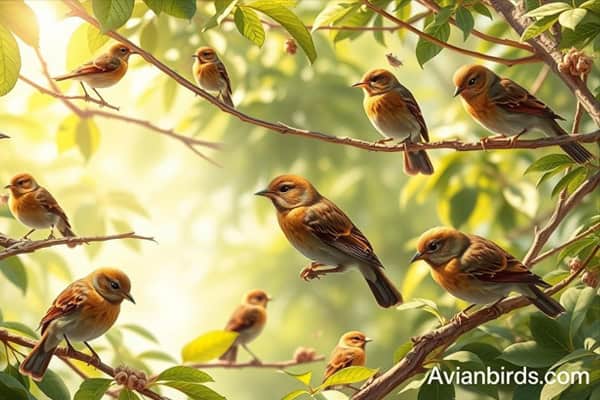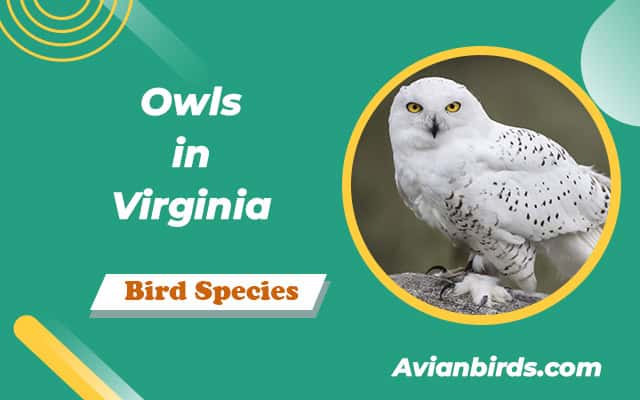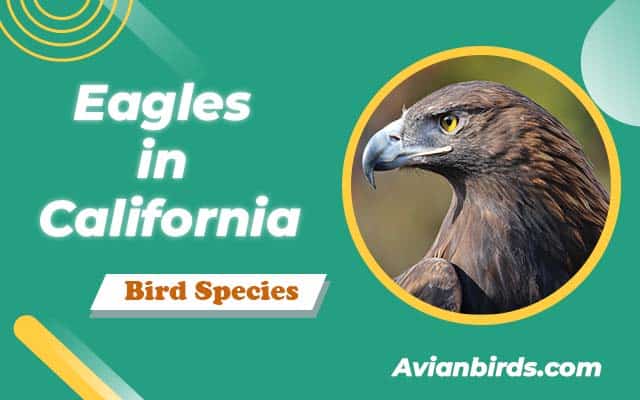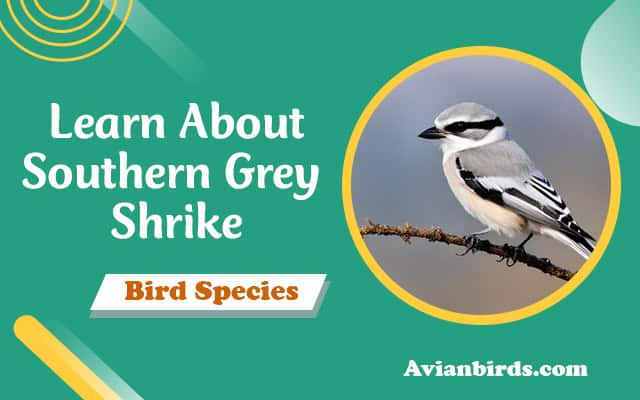7 Types of Small Brown Birds In Florida (ID Guide)
Small Brown Birds In Florida, Did you know Florida is home to over 500 bird species? Many of them are small brown birds. They play a big role in our ecosystems but are often hard to spot because they blend in. This guide will help us learn about 14 types of these interesting Florida birds.
By learning about their unique traits, where they live, and what they eat, we can better identify them. This knowledge helps us appreciate their importance in our world. Let’s dive into the world of small brown birds in Florida and see how to spot them. This will make bird-watching more exciting.
Common Small Brown Birds Found In Florida
- Red-winged Blackbird (Female)
- Brown-headed Cowbird (Female)
- House Finch
- House Sparrow
- Song Sparrow
- White-throated Sparrow
- Chipping Sparrow
1. Red-winged Blackbird (Female)
- Scientific Name: Agelaius phoeniceus
- Size: 19–23 cm (7.5–9 in)
- Weight: 40–77 g (1.4–2.7 oz)
- Lifespan: 2–5 years (up to 15 years in the wild)
- Diet: Seeds, insects, and grains; often forages in wetlands and grasslands.
The female Red-winged Blackbird is a sight to behold for those who love birdwatching in Florida. Its brown, streaked feathers make it stand out among other small brown birds. These birds change their locations with the seasons, making them interesting to follow.
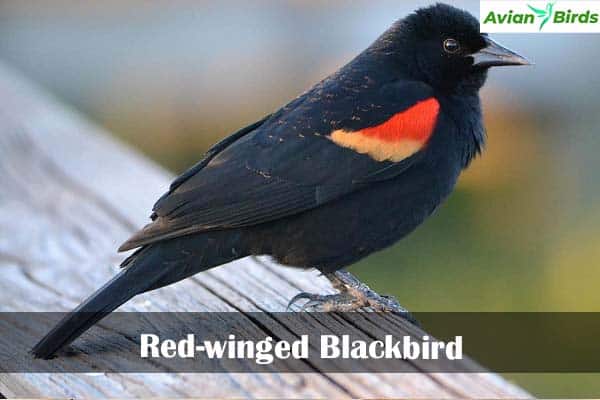
Identifying characteristics and range
Identifying a female Red-winged Blackbird is easy thanks to its size and color. It’s a bit bigger than other small brown birds and has streaked feathers that blend well with its surroundings. You can find these birds all over North America, especially in wetlands, marshes, and grasslands.
They breed in much of Canada and the northern U.S. but move south when it gets cold. This migration makes them interesting to watch.
Habitat preferences and feeding behavior
Red-winged Blackbirds love marshes for breeding. After breeding, they move to grasslands and fields. You’ll often see them in big groups, showing how social they are when looking for food.
They eat a lot of seeds, insects, and plants. Knowing their sounds helps us find them in the wild. This makes birdwatching more exciting.
| Characteristic | Description |
|---|---|
| Coloration | Brown and heavily streaked |
| Size | Among the larger small brown birds |
| Breeding Habitat | Marshes and wetlands |
| Feeding Behavior | Forages in large flocks for seeds and insects |
| Range | North America; migrates south in winter |
2. Brown-headed Cowbird (Female)
- Scientific Name: Molothrus ater
- Size: 18–22 cm (7.1–8.7 in)
- Weight: 40–60 g (1.4–2.1 oz)
- Lifespan: 2–5 years (up to 11 years in the wild)
- Diet: Seeds, grains, and insects; known for their brood parasitism, laying eggs in the nests of other birds.
The female Brown-headed Cowbird has a brown plumage with faint streaks. This makes her hard to spot. It’s key for birdwatchers to know how to identify her.
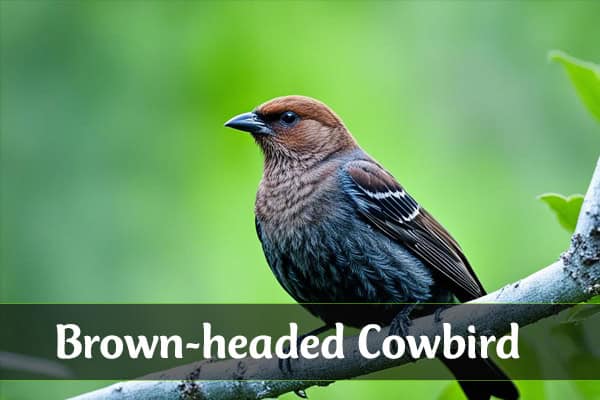
Unique reproductive behavior
The Brown-headed Cowbird is known for its special way of reproducing. It lays eggs in other birds’ nests, relying on them to raise its young. This saves the cowbird’s energy but affects the host species’ survival rates. It shows how complex bird life can be.
Common habitats and sighting tips
Cowbirds live in many places, from cities to farmlands. They like open fields and forest edges, often near grazing animals. To see a female Brown-headed Cowbird, go to areas with trees and open spaces during the breeding season.
- Visit local parks or farmlands early in the morning or late evening.
- Look for flocks; cowbirds often hang out with other birds.
- Be quiet and patient; sudden moves can scare them off.
By watching carefully and understanding their behavior, we can improve our birdwatching. This lets us appreciate the Brown-headed Cowbird’s unique traits.
3. House Finch
- Name: Haemorhous mexicanus
- Size: 5–6 in
- Diet: Seeds, fruits, insects
- Lifespan: Up to 11 years
- Wingspan: 7.9–9.8 in
- Weight: 0.6–1 oz
In urban areas, the House Finch is a common sight. These birds have made cities and neighborhoods their home. They are a favorite among birdwatchers. Let’s learn how to spot them and where to find them.

Identifying features and common locations
Identifying House Finches is easy, thanks to their distinct looks. Males have a bright rosy red on their heads and chests. This looks great against their brown streaked feathers. Females are more subdued, with a brown color and streaks that help them hide.
In cities, House Finches hang out near buildings, parks, and homes. They love bird feeders, where they eat seeds. Watching them at feeders is a great way to see them up close, making birdwatching fun in the city.
4. House Sparrow
- Scientific Name: Passer domesticus
- Size: 14–18 cm (5.5–7 in)
- Weight: 24–39 g (0.85–1.38 oz)
- Lifespan: 3–5 years (up to 13 years in the wild)
- Diet: Seeds, grains, and small insects; highly adaptable and often found in urban areas.
We often see House Sparrows in cities, making them very common. They are great at living with humans because they can adapt and socialize well. Both males and females have unique traits that make them interesting to watch.

Identifying characteristics of males and females
Males have bright colors like a gray crown and a black bib. These colors make them stand out from females, who have more brown tones. These differences help females blend in while they look for food.
Adaptation to urban environments
House Sparrows have learned to live in cities. They like different seeds, so they visit our gardens often. This shows how they’ve adapted to our world and how we help them by offering food.
They use our changed environments to their advantage. This is why we see them in both cities and suburbs.
5. Song Sparrow
- Scientific Name: Melospiza melodia
- Size: 12.5–18 cm (4.9–7.1 in)
- Weight: 24–60 g (0.85–2.1 oz)
- Lifespan: 2–5 years (up to 11 years in the wild)
- Diet: Seeds, insects, and berries; known for their melodic song and variable plumage.
The Song Sparrow Small Brown Birds In Florida is known for its beautiful songs and unique looks. It’s easy to spot these birds because of their songs and looks. They have a special way of singing that makes them stand out.

They have clear, sweet notes that are easy to recognize. This makes it fun to learn about them. You can quickly spot them by listening to their songs and looking for their distinct features.
Distinctive songs and how to recognize them
Their songs are complex and can change a lot. Song Sparrows sing a lot during mating season. They make a sound like “sweet-sweet-sweet, I’m-so-sweet,” followed by a trill.
Watching them sing helps us recognize them better. Learning about their songs makes birdwatching more exciting.
Habitat and feeding preferences
Song Sparrows live in shrubs, wetlands, and field edges. They like places with lots of plants and food. They eat seeds, grains, and other plant stuff.
This helps us know where to find them. They are often in parks and nature reserves looking for food.
6. White-throated Sparrow
- Scientific Name: Zonotrichia albicollis
- Size: 15–19 cm (5.9–7.5 in)
- Weight: 18–30 g (0.63–1.06 oz)
- Lifespan: 2–9 years
- Diet: Seeds, berries, and insects; often seen foraging on the ground.
The White-throated Sparrow is a standout among small brown birds of Florida. It’s known for its bold white throat patch and unique head markings. These features make it easy to spot in a crowd.
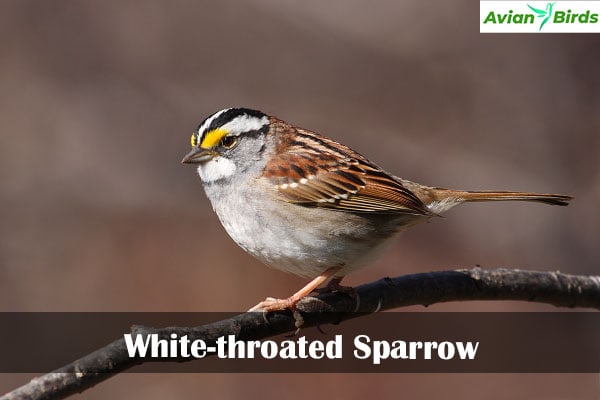
Identifying White-throated Sparrows is easier with their sweet, whistled song. They often sing an “oh-sweeter-sweet” melody. Their brown and gray feathers help them blend into their forest-edge homes, where they search for food.
Physical characteristics and typical sightings
White-throated Sparrows show off a mix of colors, changing with their location. Their white throat stands out against their darker head. Along with their sturdy body and long tail, these features make them noticeable.
Look for them in shrubs or during migration in open woods. Knowing where to find White-throated Sparrows can make birdwatching more exciting. They’re most active at dawn and dusk, so these are the best times to see them.
Here are some tips to spot these sparrows:
- Search near forest edges, where they tend to forage for seeds and insects.
- Listen to their distinctive songs, which can help in locating them.
- Bring binoculars for a closer view, as they often stay low to the ground.
Keep these tips in mind for a better chance of seeing these lovely sparrows. Their presence makes birdwatching even more special.
| Physical Characteristic | Description |
|---|---|
| Throat Color | White, a distinct feature of the species |
| Head Markings | Black and white stripes |
| Size | Approximately 6.5-7.5 inches |
| Habitat | Forest edges, shrublands |
| Diet | Seeds, insects, and berries |
7. Chipping Sparrow
- Scientific Name: Spizella passerina
- Size: 12.5–15 cm (4.9–5.9 in)
- Weight: 11–20 g (0.39–0.71 oz)
- Lifespan: 2–5 years (up to 11 years in the wild)
- Diet: Seeds, insects, and berries; known for their distinctive trilling song.
In Florida, birdwatching often brings us face to face with the lovely Chipping Sparrow. They stand out with their rust-colored crowns and grayish-brown bodies. Spotting them is easy if we focus on their unique features.
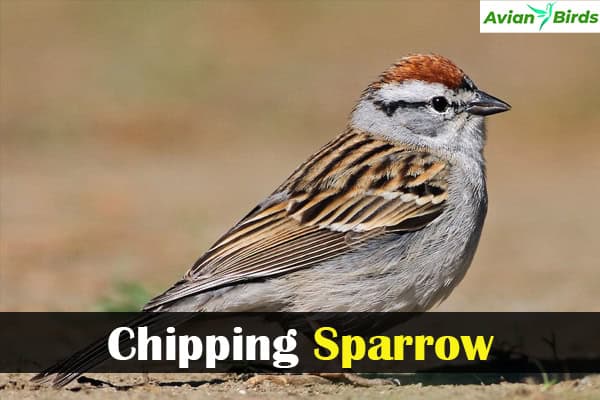
Common sounds and visuals
The Chipping Sparrow’s songs are truly captivating. Their trilling, melodic tunes fill the air in open woods and suburban spots. These songs help us spot them before we see them. Their calls are a great way to improve our bird listening skills.
Looking at the Chipping Sparrow, we see a mix of brown, black, and rusty red. This makes them a great bird to watch in Florida. They are also a beautiful part of our local bird life. Here’s a quick guide to their looks and sounds:
| Feature | Description |
|---|---|
| Crown Color | Rusty red, contrasting with a grayish-brown body |
| Body Size | Small, about 5.5 to 6.3 inches in length |
| Song | Chirpy and trilling, often repeated in sequences |
| Habitat | Various settings, including open woods and suburban areas |
By using both sight and sound to identify Chipping Sparrows, we can enjoy birdwatching in Florida more. These birds play a big role in our ecosystem. Understanding their unique traits helps us connect with nature more deeply.
Read More🐦Related Articles:
| Hawks in San Diego |
| Doves (Pigeons) In Arkansas |
| Hummingbirds in Missouri |
| Swan Spiritual Meaning |
| Birds in Spain |
Conclusion
As we finish our look at small brown birds in Florida, we see how unique they are. From the Song Sparrow’s distinct marks to the White-throated Sparrow’s lively songs, each bird has something special. They show the diversity and importance of these birds in our ecosystems.
Birdwatching lets us connect with nature and learn more about birds. We suggest using online and printed resources to learn more about these birds. By identifying and watching them, we grow our love for their roles in our world.
In our final thoughts on birdwatching, let’s cherish the happiness it brings. We go outside, binoculars ready, to see these small brown birds. Each time we watch birds, we grow closer to nature and care more for the future. Let’s keep exploring and celebrating Florida’s bird diversity together.

